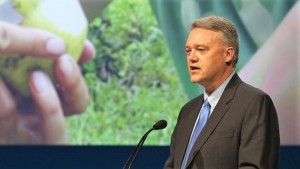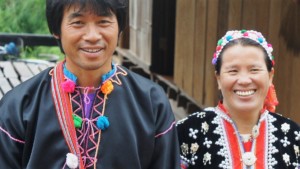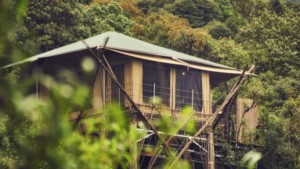Now playing: The tragicomedy of overtourism starring those who should know better
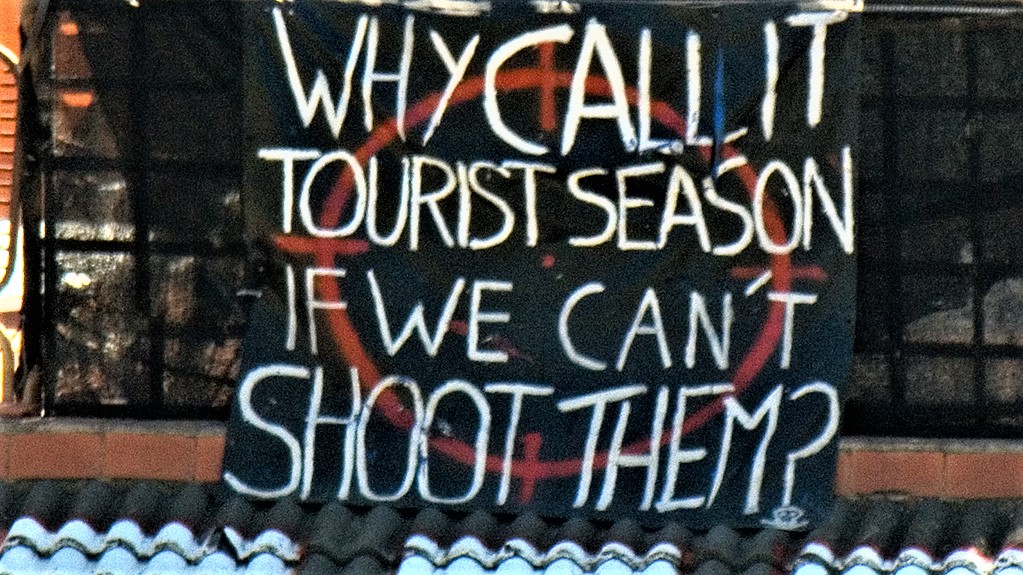
The two faces of tourism are like sock and buskin, the footwear and masks of ancient Greek theatre that represent comedy and tragedy.
According to Global Sustainable Tourism Council (GSTC) CEO Randy Durband, the tragedy is overtourism. And it’s real. It undermines the joy of travel. It puts the buskin (boot) in.
“Sense of place” is threatened as large-scale developments catering to mass tourism — generic accommodation, generic shopping, generic entertainment, generic theme parks — break up a landscape and influence the character and culture of the host community.
Crowds of visitors make a destination’s primary attractions less attractive and undermine the potential of undervalued secondary attractions to generate tourism revenue.
“We can better manage visitation at primary sites, but we can also encourage dispersal of visitors to other places,” Mr Durband said.
The GSTC chief moderated the morning plenary session — Developing Less-Known Destinations While Protecting Authenticity and “Sense of Place” — on the second day of the 2019 GSTC Asia-Pacific Sustainable Tourism Conference, February 29.
Visitors understandably want to go to the iconic places, he said. Maybe they can spend less time there and more time at similar or other local attractions e.g. less time at Angkor, more time at Tonle Sap.
Tourism 101
Mr Durband pointed to Butler’s life cycle of a destination, which is taught in every foundational tourism course.
It goes something like this: Explore, involve, develop, consolidate, stagnate then … rejuvenate, maintain status quo, or decline? DuckDuckGo it.

The destination life cycle is very similar to the product life cycle taught in every foundational business or marketing course. While the verbs/nouns are different, there is no excuse for destination managers without tourism-specific education not to understand the principles at play.
However, unlike regular products — which can be overtaken by technology, competitors’ products, and expiring patents — do destinations ever have to reach the stagnation stage? If supply or access is restricted to ensure that the qualities of uniqueness and authenticity are maintained, then perhaps not. By definition, authenticity cannot be faked!
Mr Durband asked the age-old question pondered time and again at travel & tourism industry conferences: Quality or quantity?
A: 10,000 visitors x $10 daily spend = $100,000
OR
B: 500 visitors x $200 daily spend = $100,000
Most people want option B.
So why are we so consumed by volume? Why are emerging destinations making the same old mistakes? Perhaps destination managers have forgotten their foundational education. Perhaps they have been pressured to adopt short-term KPIs that favour volume and/or forgotten about the concept of carrying capacity.
Perhaps it’s time for destination managers to WAKE UP!
May I speak to the manager?
Mr Durband made the point that management hasn’t really been a focus. While destination marketing has been wildly successful, more destination management is required. He would encourage any DMO to reposition as a DMMO — a destination management & marketing organisation.
For any destination at any stage of development, a primary management goal should be increasing the average length of stay, Mr Durband said. This helps dispersal to secondary and tertiary sites, increases total spend per visitor, and takes pressure off infrastructure such as airports.

Mr Durband cited the Olle Trails on Jeju Island, South Korea as an example. The popular walking track has helped increase the average length of stay on the island.
Of course it helps that Jeju, the destination, is supported by the political environment in Jeju, the home. The island has adopted ambitious sustainability goals, including to be “carbon-free” by 2030 with 100% “eco-friendly” energy generation and 100% electric vehicles.
Choices
Destinations that have already reached stagnation due to overtourism have hard choices to make. There is hope. It is possible to rejuvenate, as evidenced by Calviá, Majorca.
YAANA Ventures CEO Willem Niemeijer — the most outspoken panelist in the session — pointed to other examples of destinations at various stages of their “life cycle”.
Whereas smaller destinations affected by overtourism, such as Maya Bay in Thailand and Boracay in the Philippines can close, re-set, and re-launch, a larger destination like Patong, Thailand is what it is.
Apart from instituting better management practices, Calviá-style, such as encouraging longer stays, placing restrictions on new development, and applying new standards on established businesses, it is too late for Patong. Given the size of the city’s infrastructure and economy, it would be far too disruptive to try and turn the clock back.
Patong’s beach-side urban nightlife environment is the product now. And it has its attractions for many visitors. However, the rest of Phuket Island has a chance to avoid duplicating Patong — to offer diversity for the long-stayer based in the city and alternatives for travellers to Phuket Island who are not at all interested in that sort of thing.

According to Mr Niemeijer, Thailand is considered “touristy” by many people. France isn’t. The European nation is the world’s most-visited destination. It attracts more than double Thailand’s international arrivals. Yet it is a similar size to Thailand in terms of both land area and population.
So why are perceptions so different? For a clue Mr Niemeijer suggested comparing both destinations’ booths at international trade shows such as ITB. The French booth is about the whole of the country and features highlights from every province, he said. The Thai booth, however — despite some efforts to promote “Unseen Thailand” — is always very focussed on what’s already well-visited i.e. “touristy”.
The YAANA boss acknowledged that it was very difficult to get people away from perceived highlights even while less-visited places are often more likely to over-deliver on travellers’ expectations.
The explorerpreneur
On the exploration stage of the destination life cycle, Mr Niemeijer quoted Butler: “Visitors will come to an area in small numbers initially, restricted by lack of access, facilities, and local knowledge …”
Previously backpackers performed this role, Mr Niemeijer said. Now the exploration stage of a destination’s life cycle is often undertaken by entrepreneurs keen to deliver a premium product from the outset, e.g. the Cardamom Tented Camp in Cambodia.
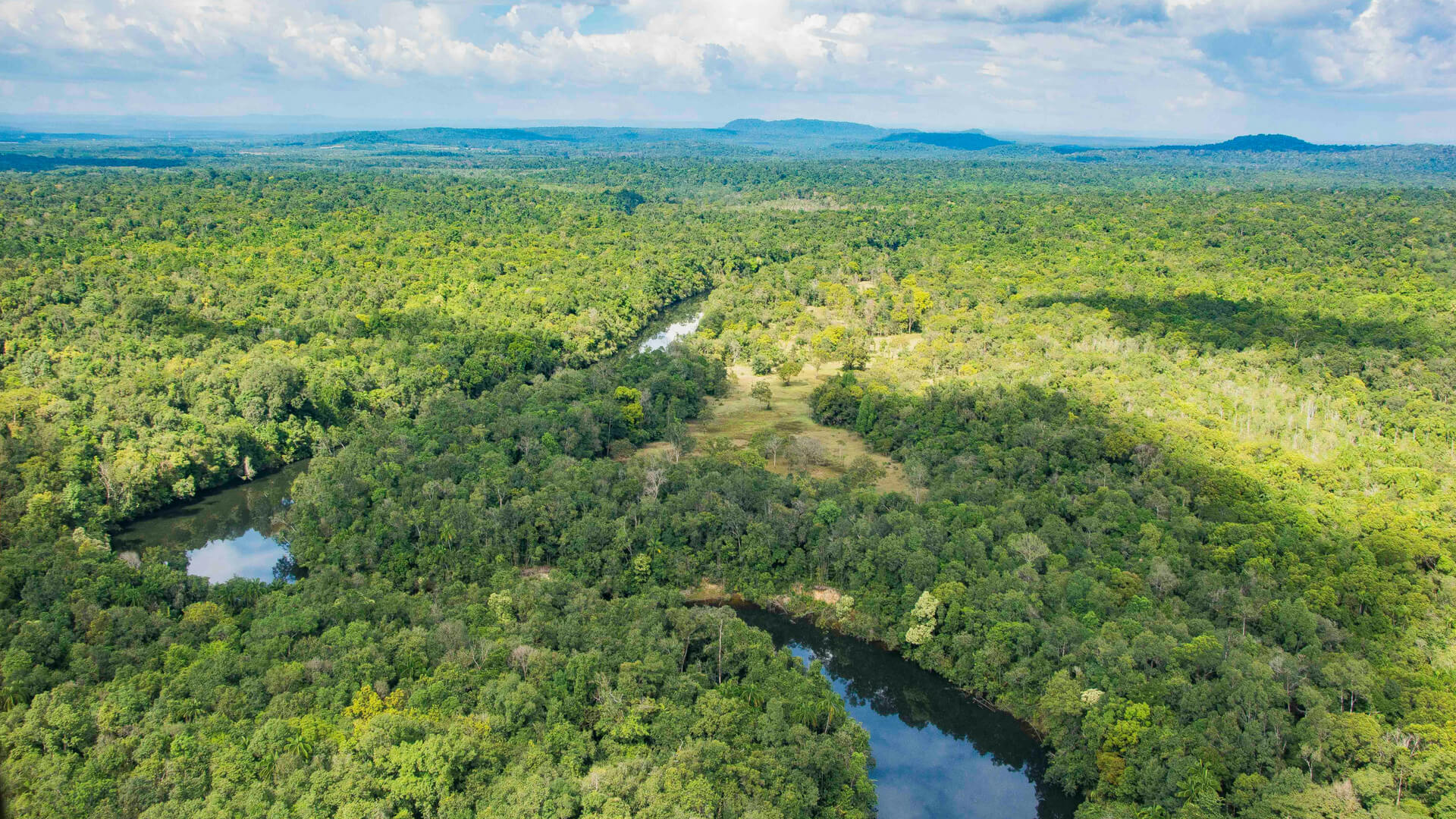
Will those entrepreneurs fight to maintain the destination values of uniqueness and authenticity if they believe they will deliver superior returns on investment over the longer term?
Restricting supply need not be elitist
On means to restrict access to attractions, Mr Durband reckoned high entry prices for foreigners as compared to locals was fair enough. Most visitors would either perfectly understand the reasoning, or would not care at all. And such dual pricing need not be explicit.
Mr Niemeijer agreed with that, but suggested that pricing need not be a factor at all. A quota system necessitating a waiting list — or even a long wait outside a place — selects for people who are determined to appreciate that place and are willing to do more to get in.
Other panelists in the #GSTC2019Asia session:
- Neeracha Wongmasa, President, Thai Ecotourism and Adventure Travel Association (TEATA)
- Minako Okada, Researcher, JTB Tourism Research & Consulting Co.
- Mike Stewart, General Manager Thailand, PEAK DMC
- Dr. Duong Bich Hanh, Chief of Culture Unit, UNESCO Bangkok
Featured image: Why call it tourist season if we can’t shoot them? By David Blaikie (CC BY 2.0) via Flickr. “GT” cropped and enhanced it


